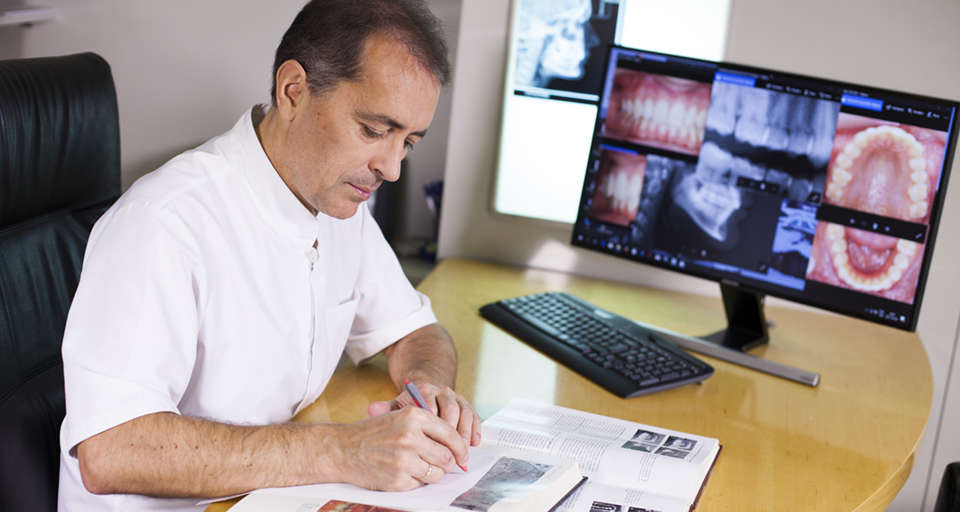Transplant vs implant in a patient with agenesis of both maxillary lateral incisors: A 9-year follow-up.
Written by admin on May 9, 2016
Am J Orthod Dentofacial Orthop. 2016 May;149(5):751-6. doi: 10.1016/j.ajodo.2015.12.008.
Plakwicz P(1), Fudalej P(2), Czochrowska EM(3).
Author information:
(1)Associate professor, Department of Periodontology, Medical University in
Warsaw, Warsaw, Poland.
(2)Associate professor, Department of Orthodontics and Dentofacial Orthopedics,
University of Bern, Bern, Switzerland.
(3)Associate professor, Department of Orthodontics, Medical University in
Warsaw, Warsaw, Poland. Electronic address: ewa.czochrowska@magres.pl.
INTRODUCTION: Agenesis of a maxillary lateral incisor occurs in about 2% of the
population. Treatment options should adapt to natural biologic changes in a
lifelong perspective.
METHODS AND RESULTS: A young woman with bilateral agenesis of the maxillary
lateral incisors was treated with transplantation of a developing maxillary
third molar on one side and a dental implant on the contralateral side, after
orthodontic space opening. The periodontal examination, including bacterial
testing of the transplant, the implant, and the control central incisor, was
performed 9 years after the treatment. A radiologic assessment was also
performed. The transplanted tooth did not differ from a natural incisor, except
for the pulp obliteration, and the total bacteria count was higher at the
implant site. The periodontal tissues around the implant showed progressive
signs of recession.
CONCLUSIONS: Both tooth transplants and dental implants for replacing missing
maxillary incisors can be effective in the long term. This report supports
natural tooth substitution rather than implant placement for dental agenesis in
the anterior maxilla.
Copyright © 2016 American Association of Orthodontists. Published by Elsevier
Inc. All rights reserved.
DOI: 10.1016/j.ajodo.2015.12.008
PMID: 27131257 [Indexed for MEDLINE]




